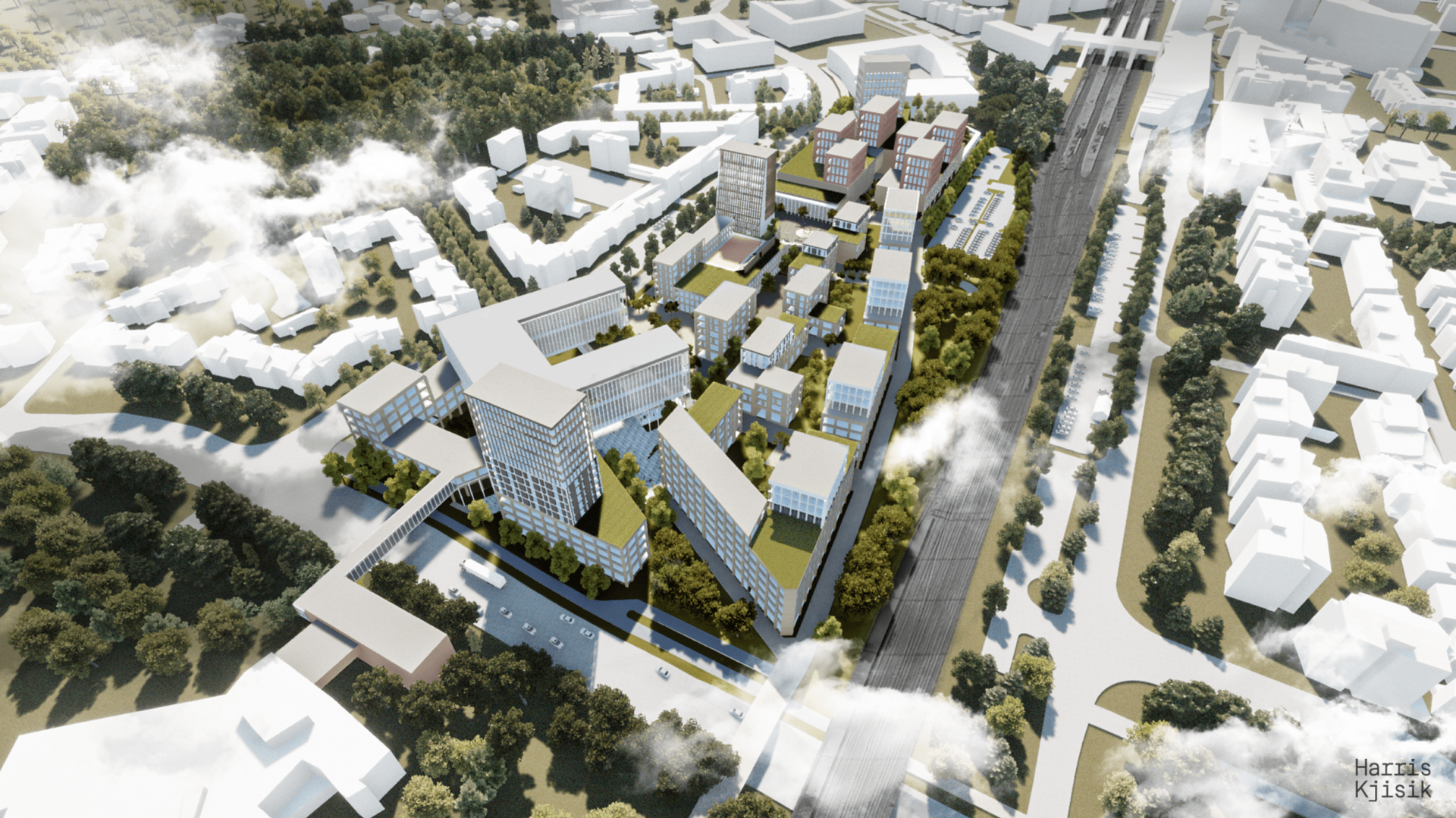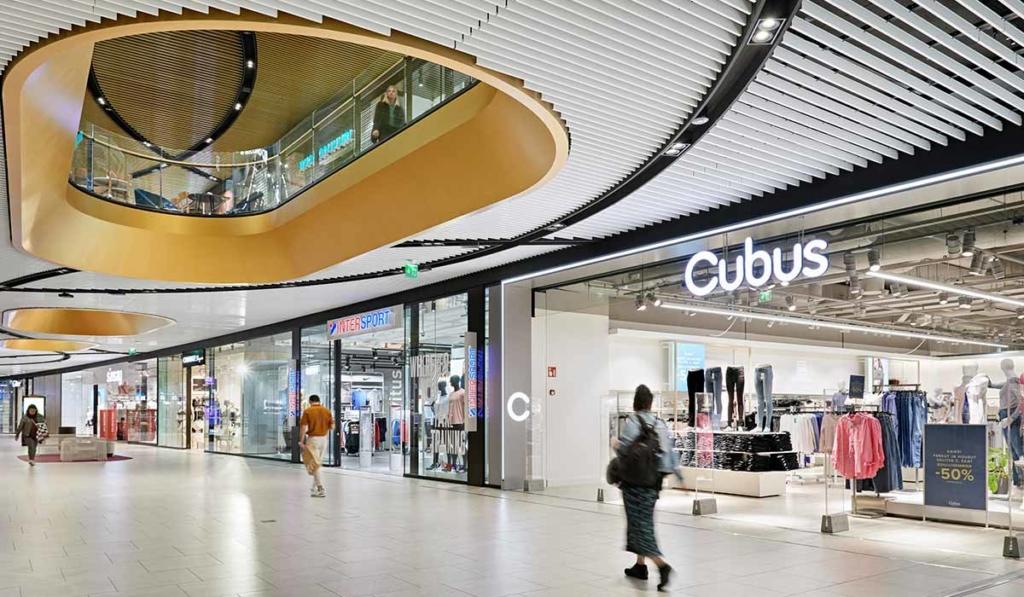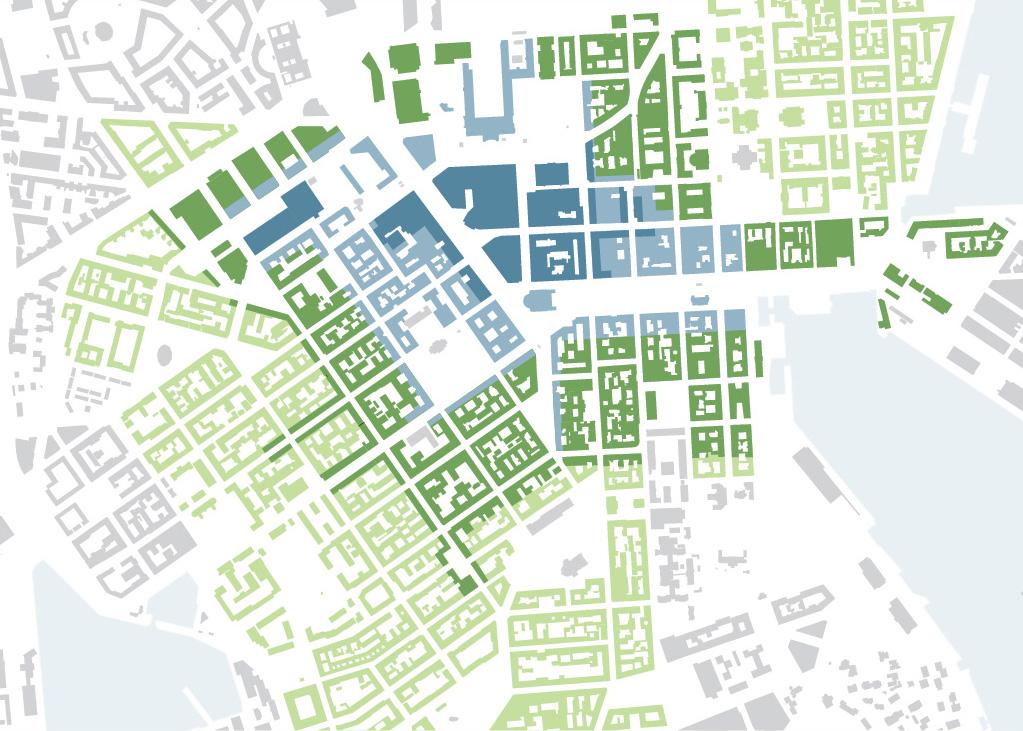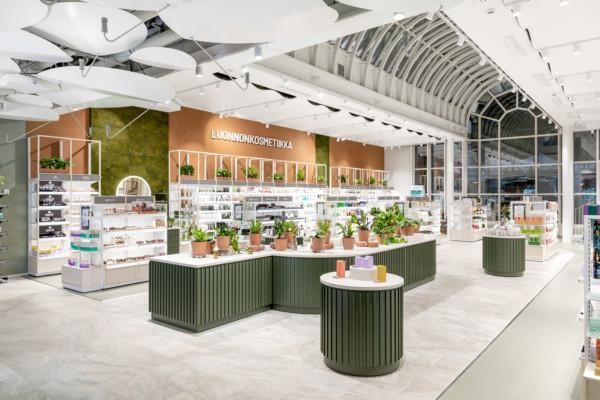
Article 12.5.2021
Creating high-quality urban spaces takes genuine expertise
A diverse and distinctive retail offering is an inextricable part of the urban fabric and a key pull factor when it comes to attracting both residents and visitors. Helsinki currently benefits from a strong, “bottom up” urban culture and its vibrant restaurant scene is on a serious upswing, but without proactive efforts to develop its retail offering, the city risks losing out to the competitors that surround it.
Pasila and Kalasatama, the current priority areas for urban development are nowhere near the city centre, while neighbourhoods like Laajasalo, Lauttasaari and Herttoniemi are now increasingly attractive to residents looking for a destination for their day-to-day shopping. In the east, Hakaniemi and Kallio continue to grow in popularity, while Länsimetro, the new western metro line, has made a visit to Espoo a quick and convenient prospect.
The digital revolution, shifting consumer behaviour patterns and the sharing economy will continue to inform which geographical areas people seek out, for work, for shopping and for leisure. Currently bearing the brunt of these developments are city centre department stores, which have not managed to respond to the changes underway quickly enough. The winners are out-of-town bargain retailers who are now migrating into urban centres.

Shopping centres have managed to retain their status as social and leisure destinations of choice. Their popularity has allowed them to invest in creating attractive and welcoming spaces for visitors and offering the services and amenities that matter to them. With convenient, purpose-built units, a wealth of market information and plenty of support available to guide them through the design, fit out and license application process, retailers and restaurateurs are finding shopping centres a simpler and more straightforward prospect than occupying traditional city centre, bricks-and-mortar premises.
Channelling shopping centre retail wisdom to help create thriving urban centres
Helsinki’s prime retail zone is currently located in the heavily pedestrianised area between Mannerheimintie, Kaivokatu and Pohjois-Esplanadi. Expanding this currently compact area will help to diversify the city centre offering and enhance its appeal, but new transport solutions are required to improve cycling provision and to create a larger pedestrian zone.
Walkability has a direct link to retail profitability and higher rental yields allow property owners to invest in commercial activity in their area. When it comes to developing urban retail areas, the key is to focus on entire urban blocks or even neighbourhoods at a time, rather than just individual premises. Clusters of retailers sharing a specialism, like fashion, design or food, create an appealing sense of cohesion and have the power to shape the identity of the area they find themselves in. Excellent examples of this in Helsinki are the Design District and Teurastamo in Kalasatama.

Their success is due to the skill with which they have anticipated and met the residents’ needs, pitched their offering and enhanced the urban realm around them. Car-free streets offer the ideal setting for events and experimentation which in turn inspire residents to engage with their urban surroundings.
Urban development is always a collaborative process. We need a proactive approach to managing our urban spaces, market research that’s relevant and up-to-date, well-designed and well-run licensing processes and attractive retail premises offering flexible tenure. I would like to challenge department store operators in central Helsinki, whose fortunes after all are entirely reliant on the attractiveness of the urban realm around them and who possess an immense wealth of experience and retail nous, to get involved. We all need to re-direct our focus away from the shop interiors and outwards to the streetscape, and to play an active role in developing the city. Let’s make the centre of Helsinki a success story the likes of which has never been seen. It’s a win-win for all.
// Teemu Nojonen
The author is an urban developer and designer working collaboratively with Amerikka clients on the interface of urban culture and the built environment. He is fascinated by Helsinki and what makes the city appealing to its residents.
Amerikka has worked with property developer YIT and built environment specialists Sitowise on a proposal to pedestrianise Helsinki’s city centre. More on the proposal is available here.
You might also be interested in

Urban Environments

Places for Retail
